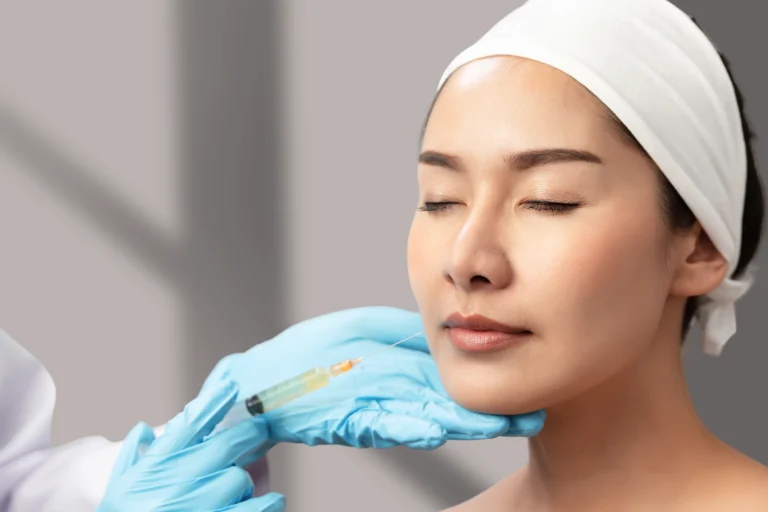
The enlarged and swollen veins that appear on the legs, lower ankles and feet of a person are called varicose veins. These affected veins could be dark purple, red or blue in colour. Furthermore, they could appear twisted, lumpy or bulging out of the skin surface.
With that being stated here is a list of the most common symptoms found in people with varicose veins:
- A person with varicose veins will often find their legs to be aching. One can also find their legs to feel heavy and uncomfortable whenever they are taking a walk or standing up
- Unexplained bouts of swollen ankles and feet.
- Uncontrollable throbbing or feeling a burning sensation in one’s legs.
- Chronic muscle cramps in one’s legs especially when they are sleeping at night.
Types Of Varicose Veins At A Glance
Primarily, varicose veins are of three types. They are as follows:
- Telangiectasia varicose veins – Otherwise known as spider or thread veins. They are harmless and often appear on the face or legs of a person.
- Trunk varicose veins – These appear near to the skin surface. They are thick and often bulge out of the skin. These look a tad bit unpleasant which is why people often seek professional advice from a cosmetic surgeon.
- Reticular varicose veins – These veins appear red in colour and often form clusters or a network that looks unpleasant and are downright harmful as well!

Treatment of varicose veins
If your situation takes a turn for the worse, you would need to seek assistance from your doctor who might advise any of the following treatment to you:
- Endothermal ablation – Here the medical practitioner will use heat in regulated amounts to seal off the affected veins.
- Sclerotherapy – It is a highly efficient process where the medical practitioner will use a special type of foam in order to close the affected veins.
- Ligation and stripping – This is seldom recommended by medical practitioners since the affected veins will be completely removed surgically from your body. The reason why it is not preferred by most, if not all doctors are the veins in the legs and ankles of the human body are used during bypass surgery of the heart. These veins will act as a replacement for the affected arteries in a patient’s heart. In case, you need a bypass surgery in the future, you won’t have the veins in your body to replace the affected arteries in your heart. Get the point?
It is best to keep in mind that varicose veins need to be treated. Most people think that one does it for cosmetic reasons but that is not always true. Varicose veins are responsible for the formation of blood clots within the vein. It can also lead to blood leaking into the tissue around the vein and darkening the skin. It can also assist in the formation of ulcers that would not heal properly. In the end, if you have developed varicose vein, be sure to seek medical attention right away!



